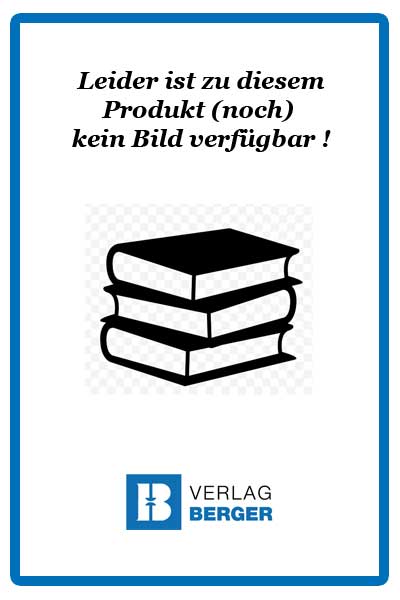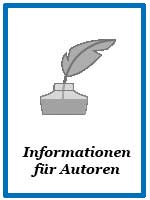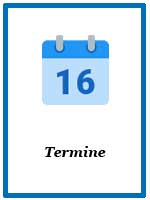
Sydowia Vol. 77 E-Book/S 303-313
Trichoderma species as biological control agents for ...
Download-Artikel
Artikel Nr 3275
erschienen 03.04.2025
Preis 21,50 €
Lieferstatus 

Buchbeschreibung
In: Sydowia 77, (2025): 303-313; ISSN 0082-0598, DOI 10.12905/0380.sydowia77-2025-0303, Published online on April 4th, 2025Trichoderma species as biological control agents for Nasutitermes corniger (Blattodea: Termitidae) and Callosobruchus maculatus (Coleoptera: Chrysomelidae)
Thayza Karine de Oliveira Ribeiro, Athaline Gonçalves Diniz*, Ana Carla da Silva Santos, Amanda Lucia Alves, Antonio Félix da Costa &
Patricia Vieira Tiago
1 Departamento de Micologia, Centro de Biociências, Universidade Federal de Pernambuco, Recife, PE, Brazil
2 Instituto Agronômico de Pernambuco, Recife, Pernambuco, Brazil
* e-mail: athalinediniz@hotmail.com
Ribeiro T.K de Oliveira, Diniz A.G., Santos A.C. da Silva, Alves A.L., Costa A.F. & Tiago P.V. (2025) Trichoderma species as biological control agents for Nasutitermes corniger (Blattodea: Termitidae) and Callosobruchus maculatus (Coleoptera: Chrysomelidae). – Sydowia 77: 303–313.
Seven species of Trichoderma were evaluated for their potential to control Nasutitermes corniger and Callosobruchus maculatus.
Trichoderma species were tested at a concentration of 1 × 107 conidia/ml. The isolates that presented the best lethal time were selected to evaluate the lethal concentration LC50 and LC90. In tests against N. corniger, the best lethal times were observed for T. afroharzianum URM 7895 with LT50 = 3.49 days and LT90 = 5.79 days, as well as T. asperellum URM 7902 with LT50 = 2.95 days and LT90 = 5.42 days. These same isolates had their lethal concentration tested,with LC50 = 2.60×106 and LC90 = 8.97×109 for T. afroharzianum URM 7895 and LC50 = 4.41×105 and LC90 = 9.21×107 for T. asperellum URM 7902. In relation to C. maculatus, the best lethal time was observed for T. asperelloides URM 7898 with LT50 of 7.54 days and LT90 of 17.24 days. However, because they kill C. maculatus slowly, no isolate was selected for lethal concentration assessment. Although Trichoderma species show promise in controlling the evaluated insects, mainly against N. corniger, their effectiveness must be verified under field conditions.
Keywords: Entomopathogenic fungi, insect pests, cowpea weevil, termites.




